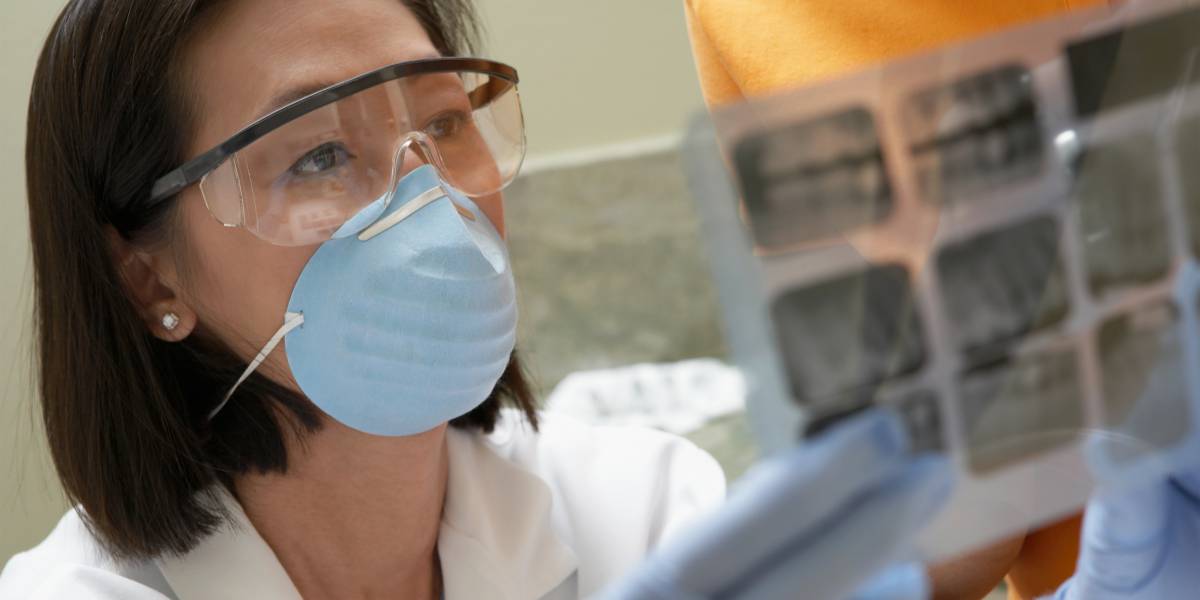
Your dentist does not easily remove your tooth every time it’s damaged by decay or you accidentally fractured it. He completely restores your compromised tooth with a dental crown. A crown is a dental cap that’s bonded to the tooth to fully cover and preserve its aesthetics and structure. This restorative procedure is cost effective and can be done the same day.
You might never know when you will need a tooth crown unless you understand how it works. Hence, it’s important for you to know the different functions of a dental crown procedure.
Functions of a dental crown
Saves the tooth from reinfection.
When your tooth is damaged by cavities and the infection has reached the pulp, you will need a root canal treatment. The pulp is the part where the roots and nerves of the tooth are. When these are infected, you will be referred to an endodontist who will perform the root canal procedure. He will access the tooth to reach the pulp so he can remove and disinfect the tooth roots. This leaves a hole in your tooth that needs to be covered by a dental filling. Then, he needs to cover it with a dental crown to prevent reinfection while restoring your tooth’s functions.
Shapes the damaged tooth.
A patient who experiences maxillofacial trauma may have one of his teeth break or chip. A fractured or chipped tooth causes pain and discomfort to the patient, so it needs immediate treatment. His damaged tooth is easily restored and reshaped with a crown. Thanks to the advanced dental technology, most dentists perform a dental crown procedure in one appointment. This means the patient doesn’t have to endure the discomfort and doesn’t go home with a broken smile. When the crown is bonded to the tooth, the dentist shapes it in a way that it complements with the remaining natural teeth.
Strengthens the tooth’s structure.
A dental crown also strengthens the structure of the tooth after most of it has been damaged by cavities. Oral cavities usually attack the tooth enamel, causing the structure to weaken. If not restored, the tooth may brittle and may need to be extracted altogether. To save it from complete removal, the dentist removes the tooth’s damaged tissues first. Then, he uses filling materials to build the tooth structure again. Lastly, he performs a dental crown procedure in order to strengthen the tooth and complete the restoration.


